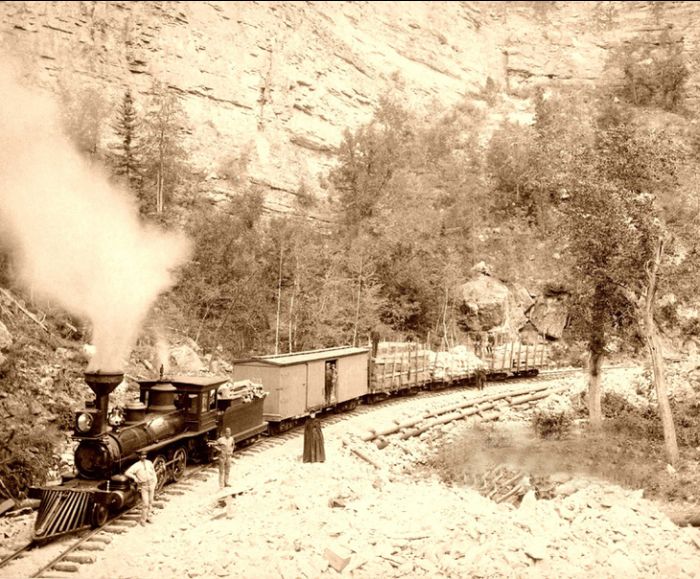|
|
History: Rail Transportation In The United States
|
Railroad companies in the United States are generally separated into three categories based on their annual revenues: Class I for freight railroads with annual operating revenues above $346.8 million (2006 dollars), Class II for freight railroads with revenues between $27.8 million and $346.7 million in 2000 dollars, and Class III for all other freight revenues. These classifications are set by the Surface Transportation Board.
In 1900 there were 132 Class I railroads. Today, as the result of mergers, bankruptcies, and major changes in the regulatory definition of "Class I," there are only seven railroads operating in the United States that meet the criteria for Class I. As of 2006, U.S. freight railroads operated 140,490 route-miles (226,097 km) of standard gauge in the United States.
Although Amtrak qualifies for Class I status under the revenue criteria, it is not considered a Class I railroad because it is not a freight railroad.
|
|









